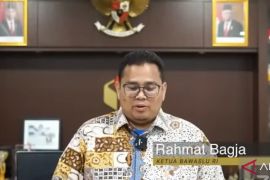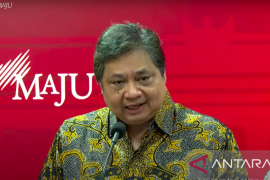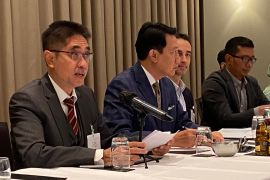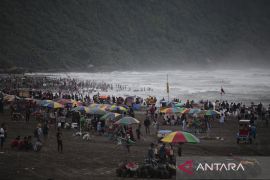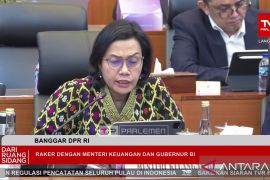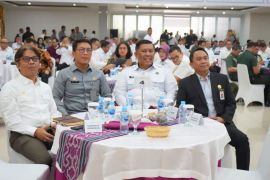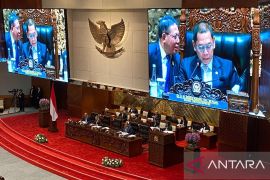The associations head Ade Saptomo made the statement on Monday, adding that the tribe is currently embroiled in a dispute with one of the countrys cement manufacturers.
As a part of the education sector, the association is obligated to help locals who cannot afford the services of an attorney in court.
"I have told the associations members in Central Java to oversee further implementation of the highest courts decision on the peoples lawsuit filed against the cement plants construction," Saptomo noted.
Sedulur Sikep is one of the indigenous tribes that inhabit the foothills of Mt. North Kendeng in the Sukolilo Village, Pati Regency, Central Java. The village can be reached by road in around three hours from Central Javas capital, Semarang.
Gunretno, the tribes senior member, said that the tribe has defended its land and waters, which could face devastation once the cement plant becomes operational.
The tribe, however, had successfully prevented the cement plants construction in their village by forming a civil movement called the "Network of People who Defend the Kendeng Mountains" and had won a lawsuit in court around eight years ago.
After the win, the tribe has continued to stand by other communities who are also involved in a dispute over a cement plants construction, including a site in Gunem Village, Rembang Regency.
Esmi Warasih, a professor from the faculty of law of the Diponegoro University, stated that the courts decision on a cement plant in Rembang was a progressive move, as it was intended to protect nature.
Warasih has, however, regretted the provincial governments move of issuing a regulation that allows the firm to revise its environmental impact analysis document as a primary requirement to continue building the plant.
It would be better to not further issue a regulation that could open another door for companies eager to build a cement plant in villages that lie at Mt. North Kendengs foothills.
Mt. North Kendengs foothills are a karst region spread across the regencies of Blora, Pati, and Rembang. The karst region has vast potential to become a cement mining site, although the plants construction and operations could harm the environment, displace the village community, and spark a horizontal conflict between the affected locals.(*)
Editor: Heru Purwanto
Copyright © ANTARA 2017
